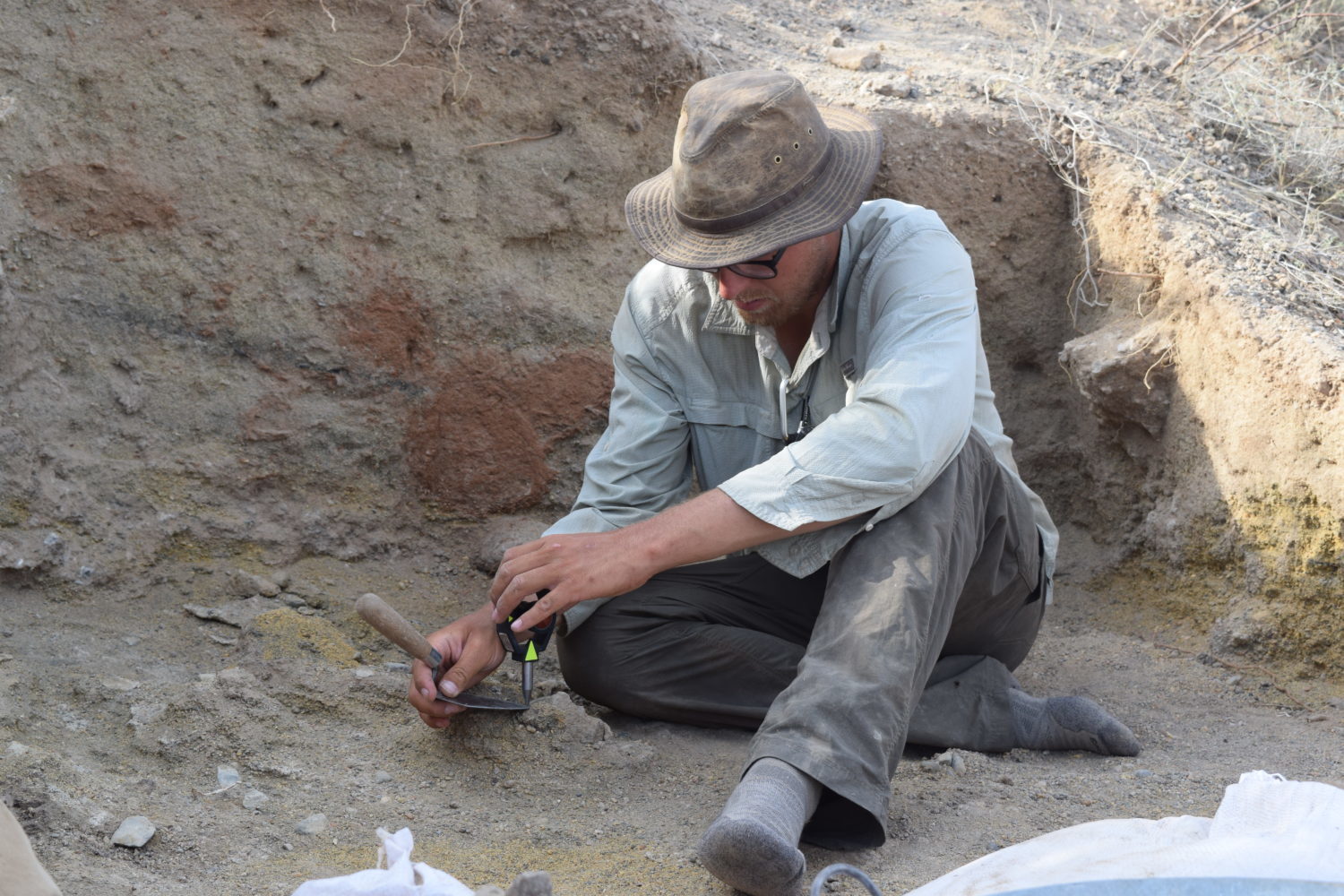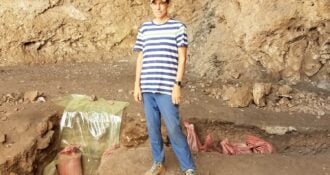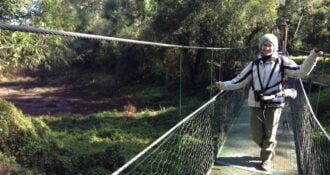Jonathan Reeves is a graduate student at The George Washington University. He was awarded a Leakey Foundation Research Grant during our fall 2017 cycle for his project “Movement ecology and Pleistocene hominin land-use: Perspectives from Koobi Fora.”
My dissertation research focuses on reconstructing Early Pleistocene hominin movement patterns from stone artifact distributions. Humans are unique in their ability to occupy and thrive in almost any environment on earth. Therefore, how our past ancestors interacted with and responded to different environmental pressures is an important part of understanding our evolutionary history.
By undertaking this research, I hope to shed new light on the ecology of Early Pleistocene hominins as well as address specific methodological issues surrounding the early Pleistocene record.
Unlike observing a modern landscape where we are able to observe people carrying out various activities in different places, the early Pleistocene record is comprised of the artifacts of thousands of years of human activities overprinted on top of each other. As a result, much of this ancient record cannot be interpreted in terms of the human activities that made up our day-to-day lives in the past.
How we move, and the things we carry with us and throw away as we do so, is largely influenced by environmental factors that are more consistent over time. Using this notion as a basic assumption, I am using agent-based modeling to learn how the environment via the proxy of movement influences where stone tools are used and thrown away. I can then apply these insights to the archaeological record to better understand how the environment influenced the way hominins moved over the deep time-scales present in this early record of human behavior. In doing so, I hope to be able to determine what environmental factors are most critical to our evolutionary success. While this work currently focuses on the Early Pleistocene, in the future, I hope to apply these methods to a variety of time-frames to gain a better sense of how the environment shaped our movement over the course of our evolutionary history.








Comments 0